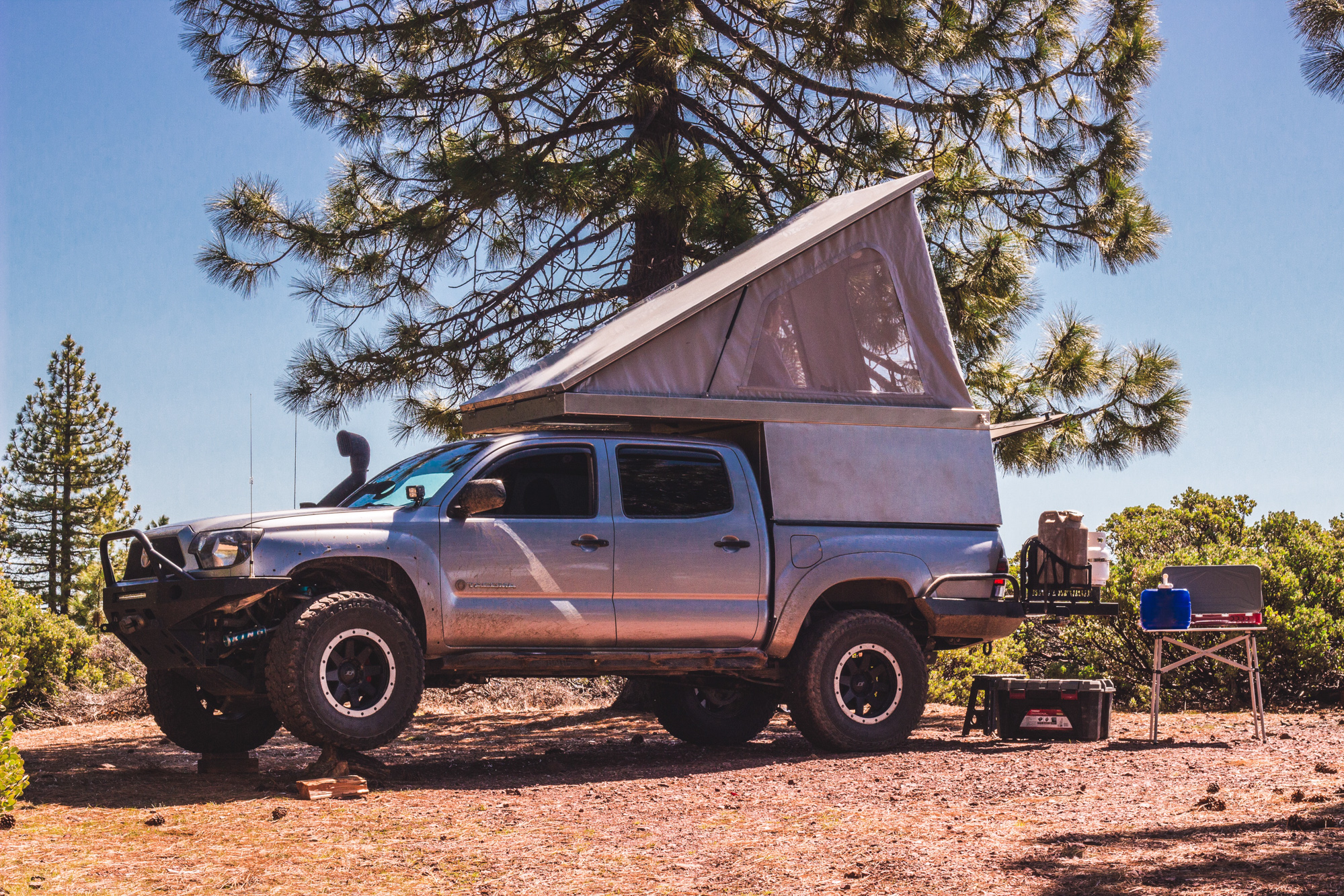The pop-top camper shell market has exploded with activity lately. It started with the release of the AT Overland habitat back in 2016 and then heated up with the Go Fast Camper (GFC) which hit the market earlier this year. Now a new contender has entered the ring, and it’s called the Drifter.
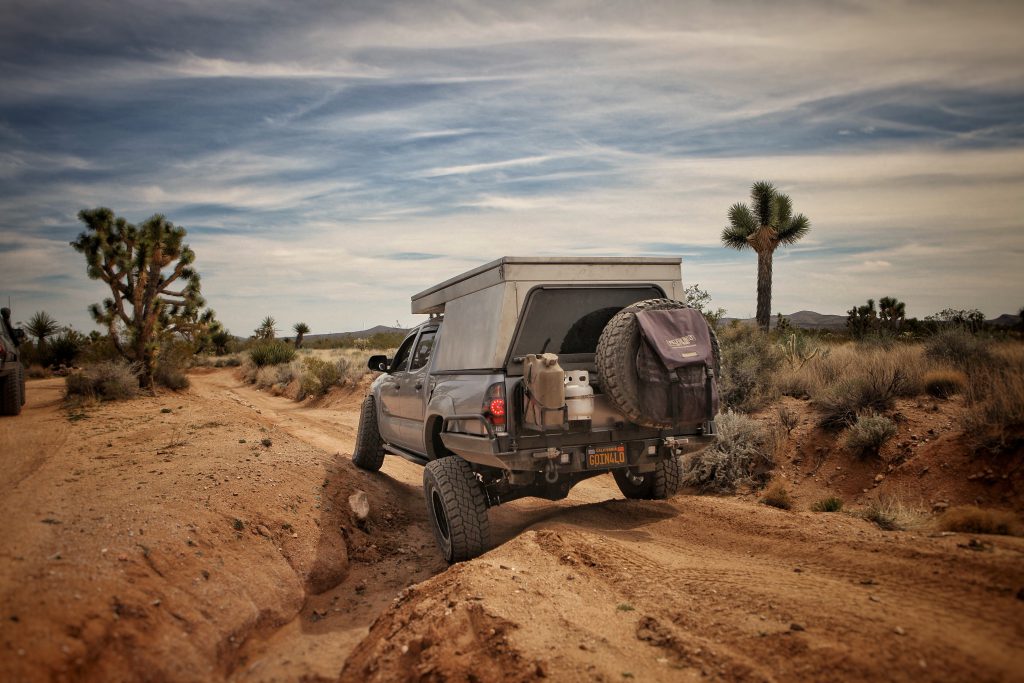
The Drifter is made by a company called Vagabond Outdoors. Their team of craftsmen has been making off-road products for some time now, and you might recognize their work from vehicles like Jon Burtt’s Tacoma, which you can see on his Instagram page here. The Drifter is their answer to an ever-growing demand for a lightweight, durable, and usable living space on four-wheel-drive trucks. It’s made entirely from aluminum, and features a one-piece insulated lid designed to help control interior temperature while reducing condensation.
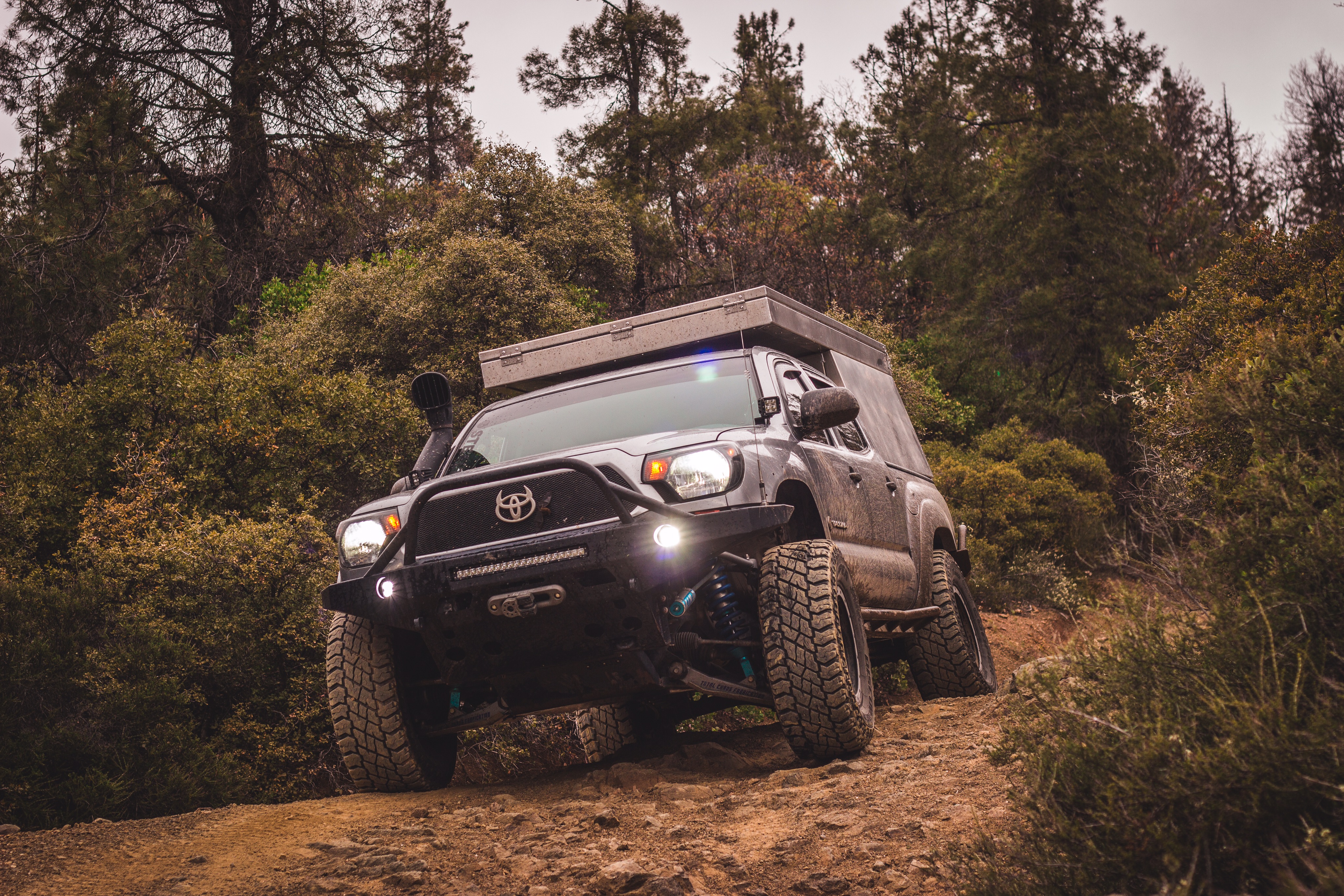
Unlike the GFC, the Drifter has solid sides that don’t fold up, which has both positive and negative aspects. The downside is that the cargo area will likely be harder to access, but on the positive side it will be far better sealed against the elements. Most people will be storing all sorts of valuable equipment and systems inside these canopies, so the last thing you need is any dust or water incursion to your living space.
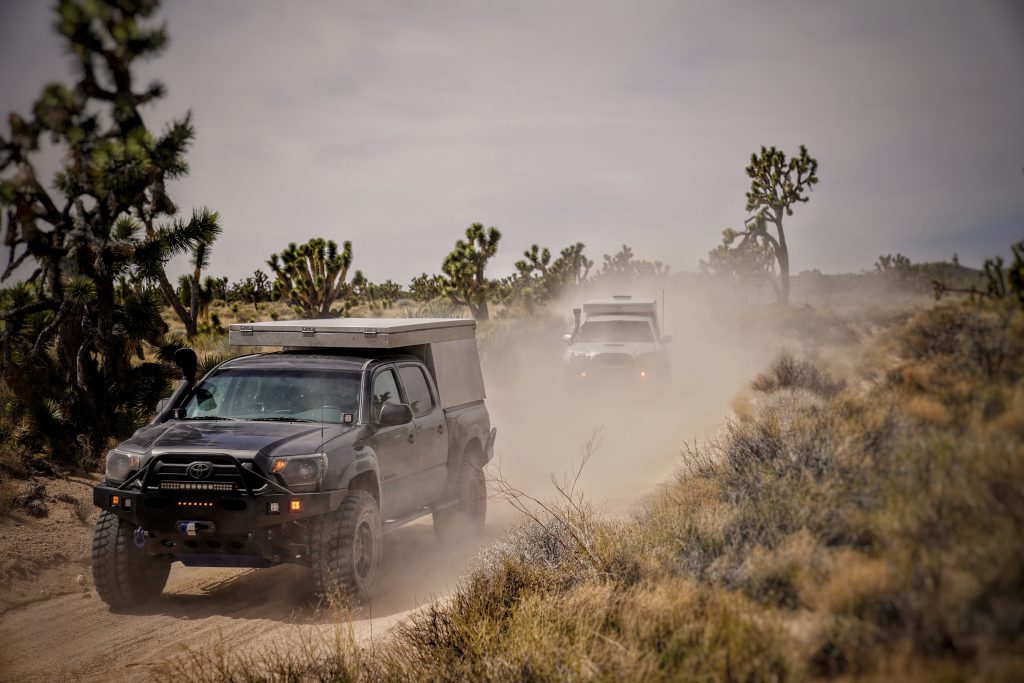
The front of the shell does incorporate a drop-down glass cab window for visibility and easy cleaning, and the rear glass window is keyed with locks. There are also optional flip-up side windows and solid access doors, which would improve the cargo access and versatility of the cap. The 18-ounce polyester-coated vinyl tent is waterproof, of course, and features three windows for an open and airy feel. These can be fully closed with blackout screens to block light, opened to clear vinyl screens for visibility in bad weather, unzipped to a bug screen for fresh air, or opened completely to let the outdoors in.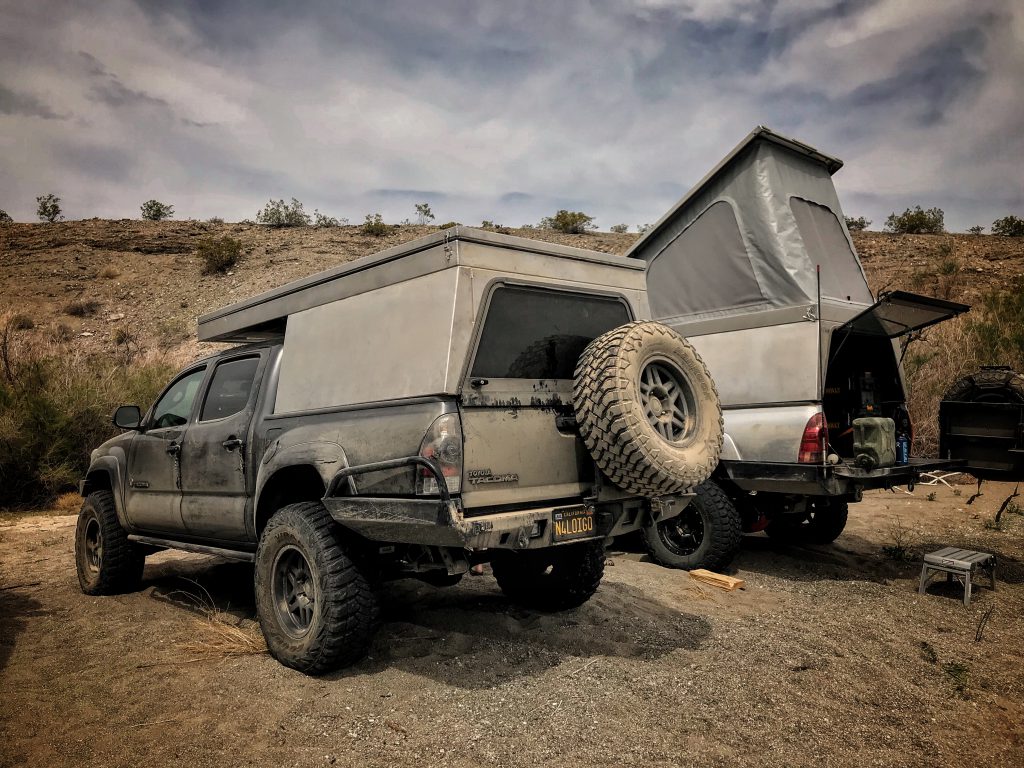
The lift struts for the shell are concealed when the lid is folded down, and it provides a clean profile and sharp look to the product. We also like that you won’t need to worry about catching the struts on trees, branches, or other obstacles on the trail, as this can certainly be a concern in dense foliage.
On the inside, you’ll find a 3-inch high-density foam mattress, which is a half-inch thicker than you’d find in most rooftop tents, and equal to what you’ll find in the Go Fast. Unfortunately, it doesn’t say much about the overall comfort. As anyone who has slept on a cheap foam pad can tell you, it’s the type of material used that makes the difference, not just the thickness. We will reserve judgment on comfort until we’ve seen one firsthand this summer.
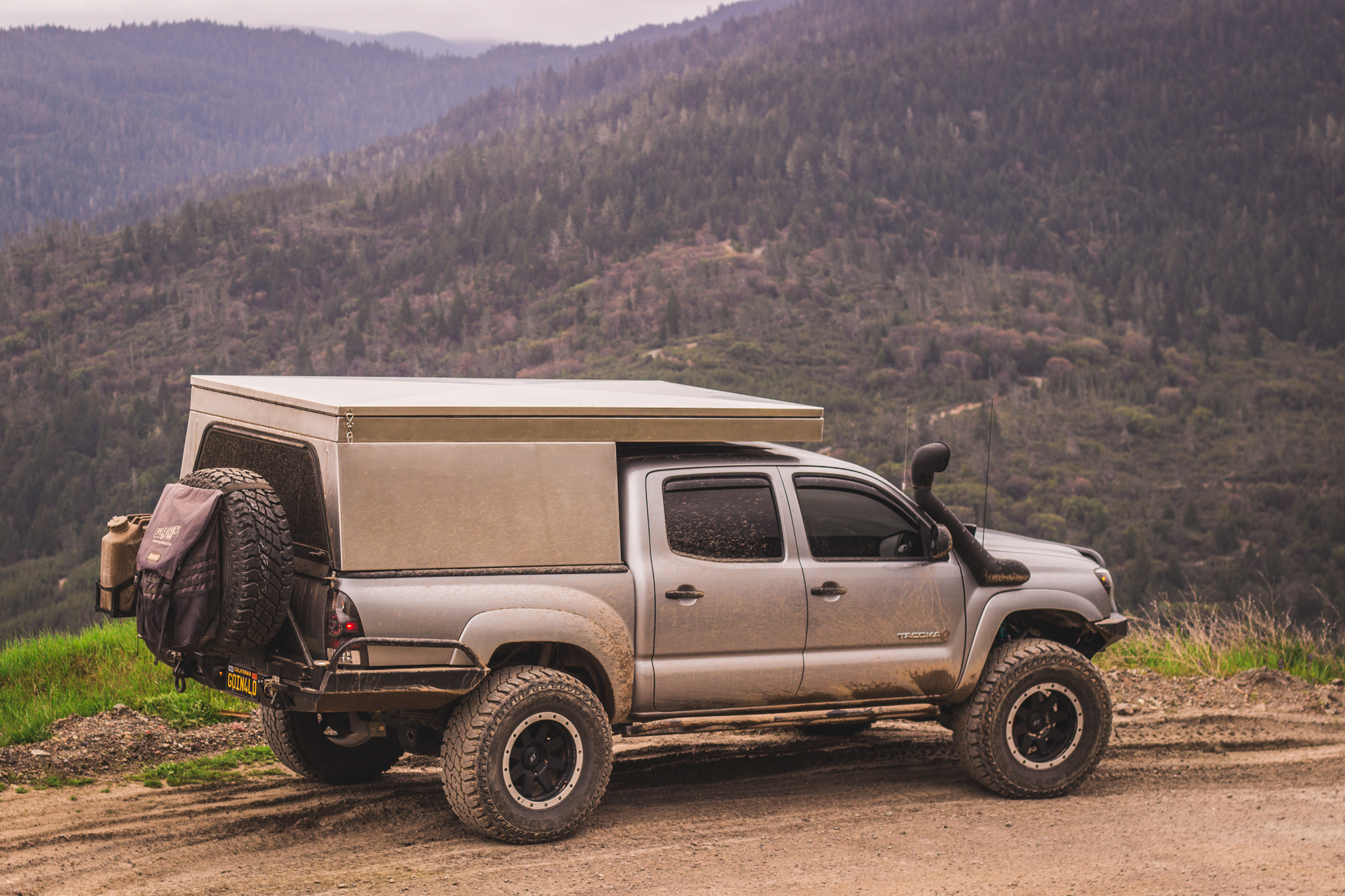
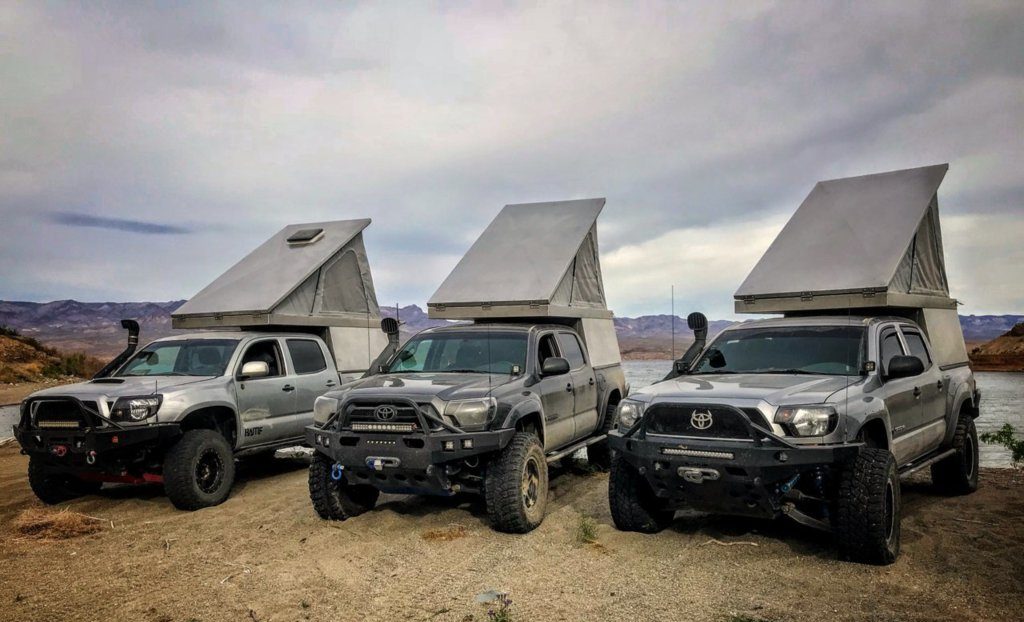
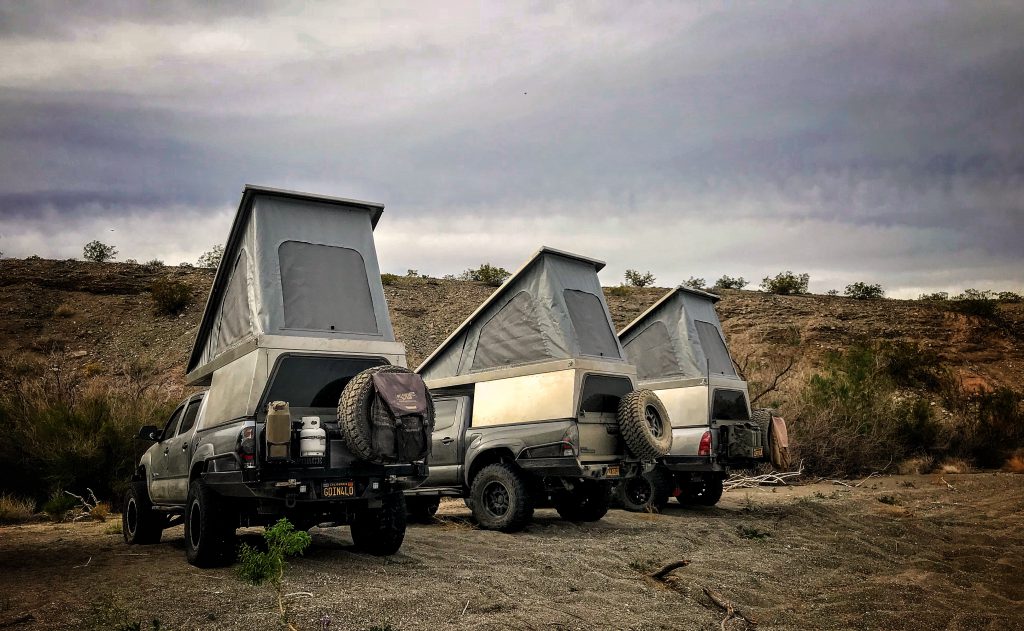
Other standard features include an interior white LED lamp with a switch, a concealed wire tray for additional accessories, and a waterproof bed cover to keep your mattress clean. Optional equipment includes an array of white or red LED lamps and lights, an interior roof light, 12V power ports and dual USB charging ports, a 14-inch fantastic fan, 100-inch L-track roof mounts for cargo storage and tie-downs, and interior side insulation and paneling. We have no idea why they don’t include the side insulation and paneling as standard, but you WILL want it when sleeping inside an aluminum box.
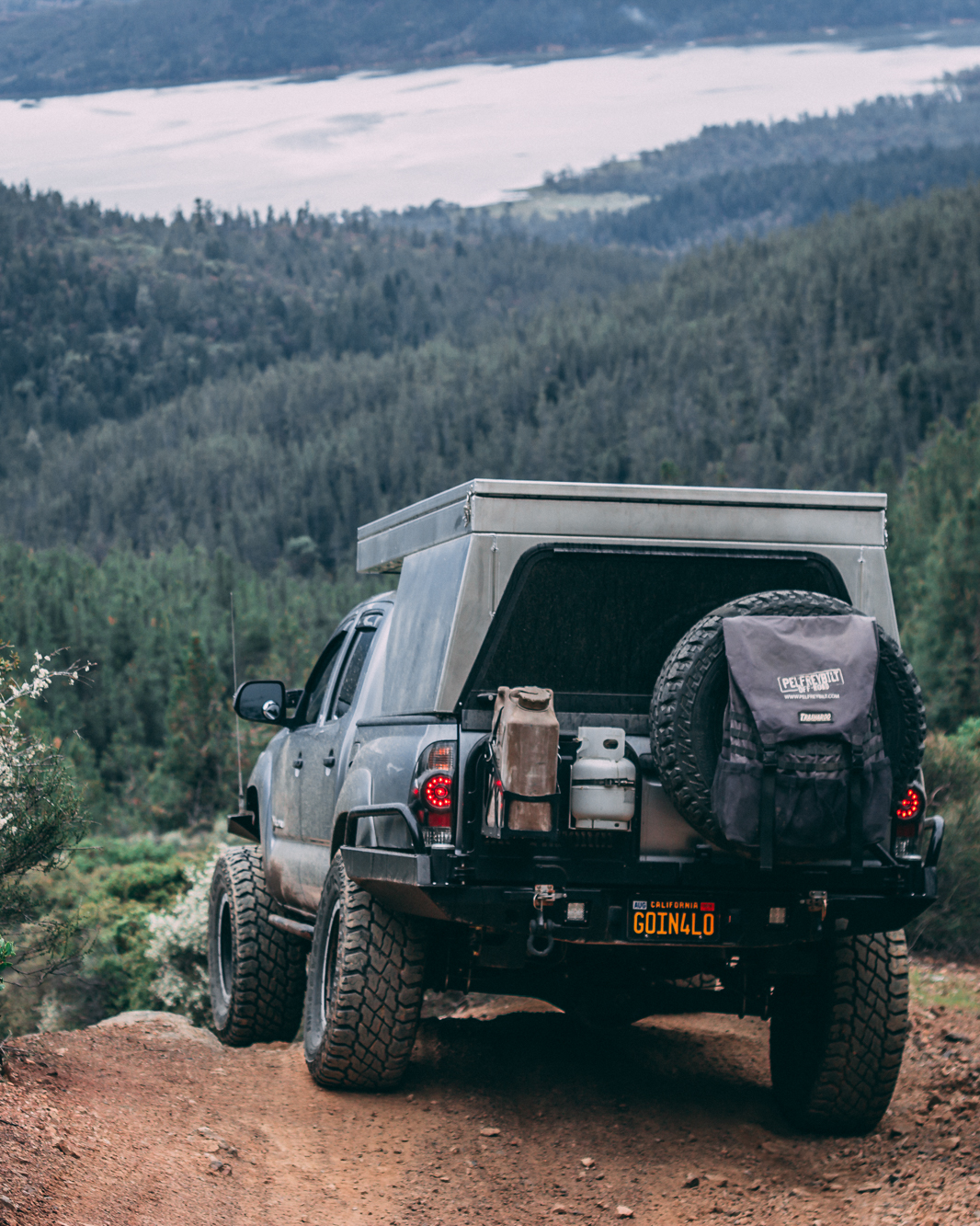
Although the Drifter isn’t a unique concept, we’re still excited to see another cool option on the market, especially for a base price of just $6,500. It’s currently available for mid-size trucks like the Toyota Tacoma with 5- and 6-foot beds, but their team assures us that a full-size version is in the works.
To learn more, visit the Vagabond Outdoors website here, and be sure to check them out at Overland Expo.



